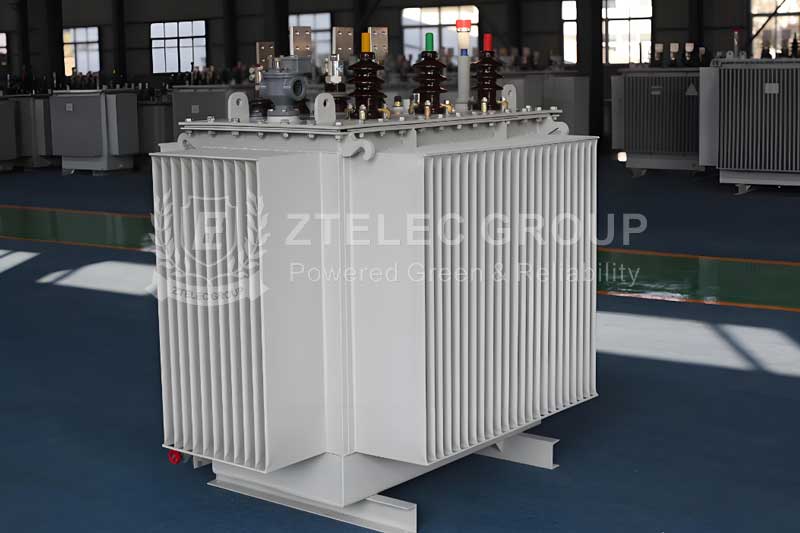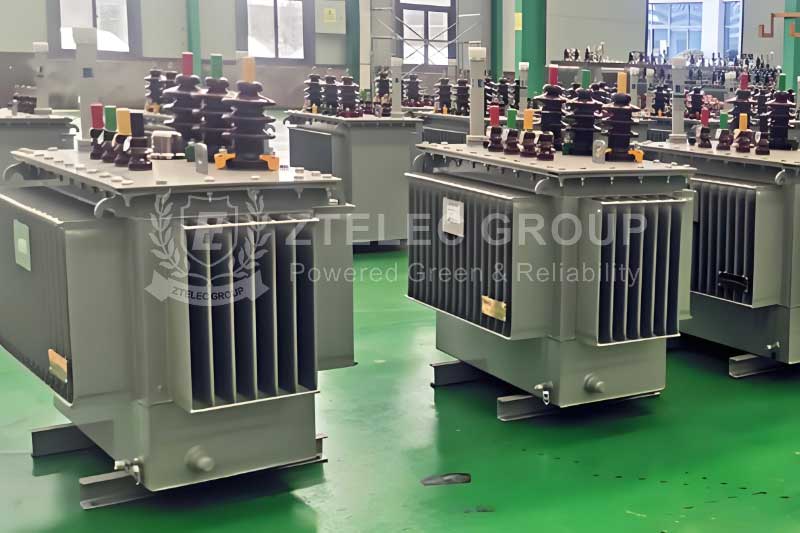What is the purpose of oil in a transformer?
What principles does the transformer oil purifier work on?
Transformers are essential equipment in power systems, primarily functioning to convert alternating current (AC) from one voltage level to another for the efficient transmission and distribution of electrical energy. To ensure the safe and reliable operation of transformers, it is crucial to maintain the quality of the insulating oil inside them. In transformer maintenance, the oil purifier plays an indispensable role as a significant auxiliary device. Understanding the working principle of the transformer oil purifier helps to better appreciate its importance in transformer operation.

The Role of Transformer Oil
In transformers, insulating oil not only provides insulation but also facilitates heat dissipation. During operation, electrical energy is converted into heat. If the heat is not dissipated in a timely manner, excessive temperatures may damage the insulating materials, adversely affecting the performance and lifespan of the transformer. Therefore, maintaining the cleanliness and insulating properties of the transformer oil is vital for the safe operation of the transformer.
Basic Structure of the Oil Purifier
The transformer oil purifier typically consists of a filtration system, a pump, an oil tank, and a control system, among other components. Its main objective is to remove impurities and moisture from the transformer oil through various methods, ensuring that the oil remains clean and maintains good insulating properties. Specifically, the design of the oil purifier must consider its effective integration with the transformer to ensure that the oil circulation and filtration process remains efficient.
Working Principle of the Oil Purifier
The transformer oil purifier primarily operates based on physical and chemical principles, with the main processes including filtration, centrifugal separation, and moisture absorption.
1. Filtration Principle:
The oil purifier uses filter media made of different materials to physically filter out solid impurities in the transformer oil. These impurities may include dust, metal particles, or degraded insulating materials. During the filtration process, the oil passes through pre-treated filter screens where impurities are trapped, allowing only the purified clean oil to be returned to the transformer.

2. Centrifugal Separation Principle:
Some modern oil purifiers are equipped with centrifugal separation devices which utilize the principle of centrifugal force to accelerate the separation of moisture and impurities in the oil. When the oil rotates inside the centrifuge, the denser moisture and impurities are forced toward the outer wall of the device due to centrifugal force, while the oil continues to flow toward the center, thereby achieving effective separation of clean oil from impurities.
3. Moisture Absorption and Dehydration Principle:
Moisture significantly impacts the insulating properties of transformer oil; therefore, it is crucial to remove moisture from the oil using moisture-absorbent materials (such as molecular sieves or silica gel). These materials possess strong hydrophilicity and can effectively adsorb moisture present in the oil, preventing moisture from adversely affecting the transformer’s normal operation.
Working Process of the Oil Purifier
During transformer operation, the circulation and purification of oil is a dynamic process. First, transformer oil is drawn into the oil purifier, where it undergoes treatment through the filtration system and centrifuge. The processed oil is then further treated with adsorbent materials to remove excess moisture before being pumped back into the transformer. This way, the quality of the transformer oil is improved, and its insulating properties are enhanced, ensuring the safe and stable operation of the transformer.
As an important component of the transformer, the working principle of the oil purifier involves multiple physical and chemical principles and plays an irreplaceable role in maintaining the operational safety of the transformer. With the continuous development of power systems and advancements in technology, transformer oil purifiers are also being updated and improved to meet higher operational demands. Overall, a deep understanding of the working principles of oil purifiers not only helps safeguard the safe operation of transformers but also provides theoretical support and practical basis for improving the efficiency of electrical equipment and extending its service life. In the future, with the evolution of smart devices and the Internet of Things technology, transformer oil purifiers will welcome smarter innovations that further enhance the operational efficiency and safety of power systems.
- more+releated article
- 2025-12-13How to Select and Use Phenolic Cloth-base Lami
- 2025-12-13How Much Does Bakelite Sheet Cost? 2025 Price
- 2025-12-13Why are most 3240 epoxy boards yellow?
- 2025-12-13What are the Main Applications of FR4 Epoxy Bo
- 2025-12-13Why Does the Price of Insulating Paperboard Va
- 2025-12-13Heat-Resistant DDP Insulation Paper
- 2025-12-13Comparison of Heat-Resistant DDP Insulating Pa
- 2025-12-13G10 and FR4 Epoxy Boards: Commonly Used for Ge
- 2025-12-13The Price of Heat-Resistant DDP Insulation Pap
- 2025-12-13How to Choose Epoxy Laminate Materials for Gen





